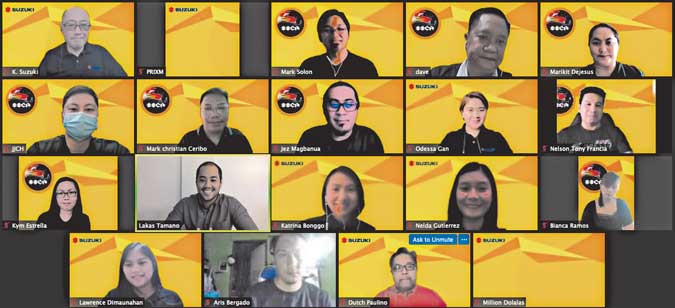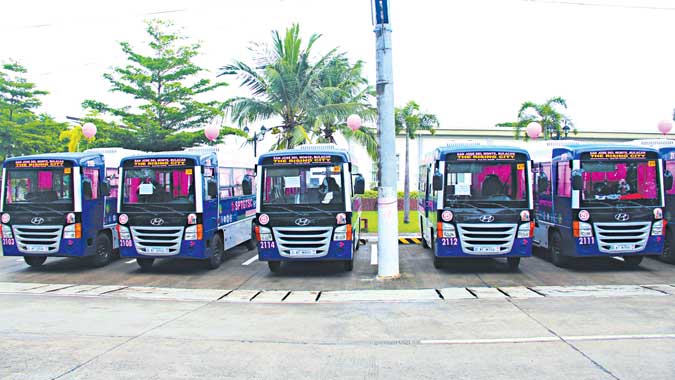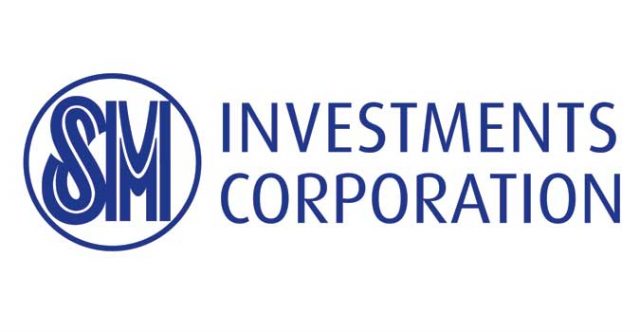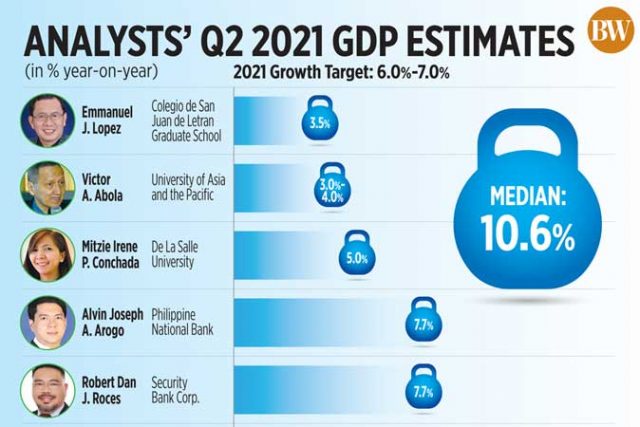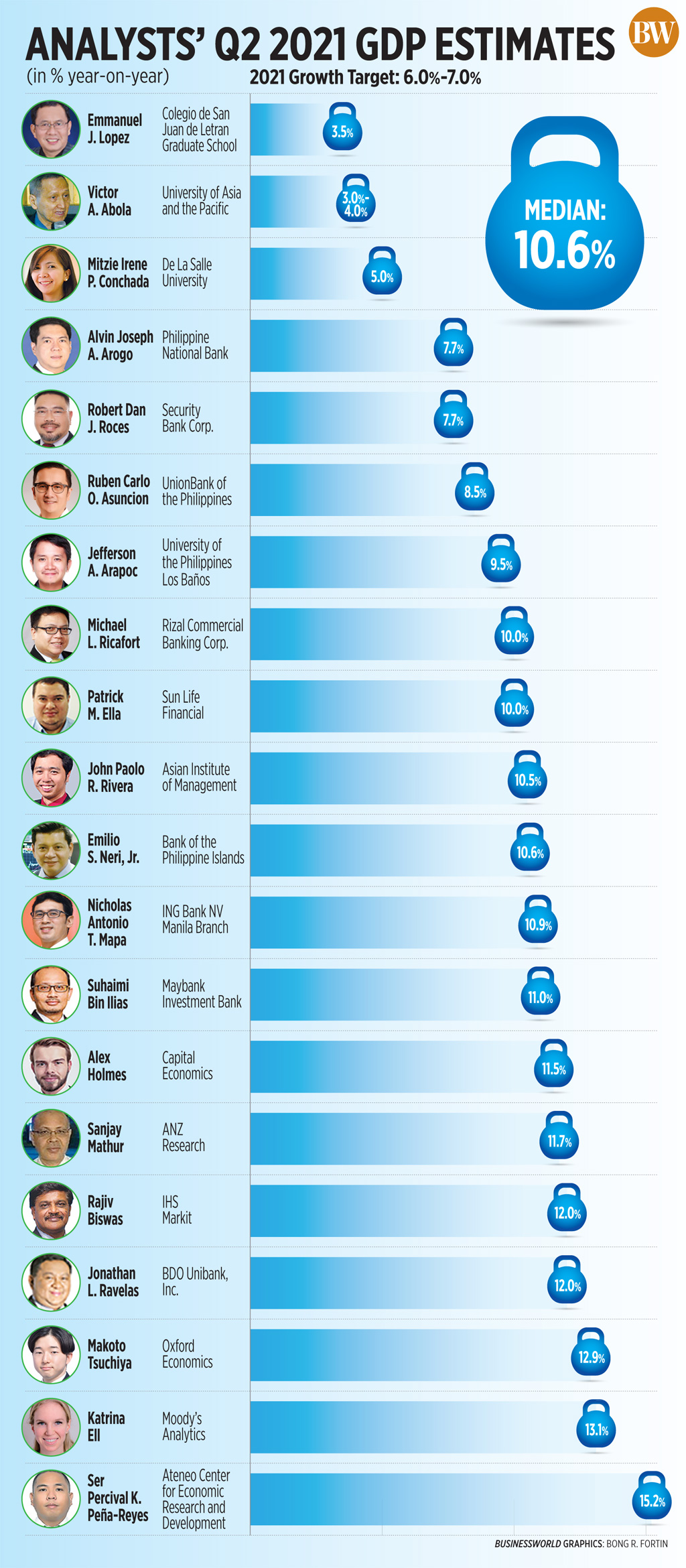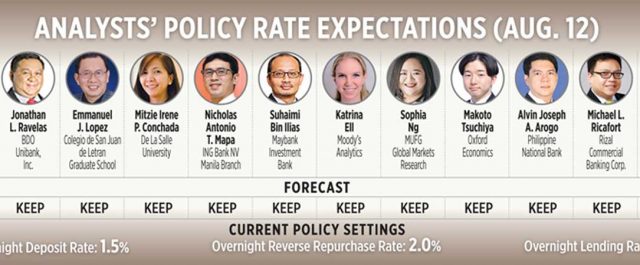Filipino lifestyle shopping (and more) platform launched
A NEW e-commerce platform launched on July 31 focuses on the Filipino through a shopping experience, but also through entertainment, travel, and lifestyle options.
Go Shopping Philippines was founded by entrepreneur Neil La-as, who has a background in immigration business development and real estate. He was quite impassioned during a press conference late last month, describing the reasons why he founded Go Shopping Philippines (GSP). “For so long a time, our country has been governed by international or foreign-owned e-commerce sites. These are the giants of the industry,” he said. “It’s going to be the first Filipino-owned corporation offering a huge e-commerce business.”
Edith Sola, Director of Strategy and Communications, emphasizes the Filipino ownership of the company. “We cannot give you all our shareholders’ names here. But you see the team in front of you right now.” she said during the press conference. “We do not have any foreign investment in GSP. This is an all-Filipino app. We would like to compete globally, when the time comes, as a Filipino brand.”
Also the owner of a skincare brand (Bakku2Basik Skin), Mr. La-as said that one of the reasons why he founded the platform was because of negative experiences within other shopping platforms. “I was once a seller on their platforms. I could tell you, there is no protection inside the platform.” He mentioned “bogus” buyers and sellers and the proliferation of fakes as part of his experience. Because of this, GSP has stricter policies when it comes to vetting both sellers and buyers. “GSP talks to direct owners; we’re not meddling with third parties or suppliers… we make sure that they comply with the requirements needed to ensure their legitimacy and the authenticity of their products.” These include presenting Food and Drug Administration (FDA) certifications, business concept, product listings, and business permits.
On another note, the platform places an emphasis on local Small to Medium Enterprises (SMEs) specifically with the platform’s Go National component. On the buyers’ side, they will have to prove their identity by submitting IDs and consenting to a call confirming their identity.
Mr. La-as emphasizes the many ways one can use the app. Aside from its 12 shopping zones (categories: Fashion Hall, Food and Beverages, Beauty and Wellness, Specialty Store, Home Store, Sports and Lifestyle, Electronics and Gadgets, E-Services, Department Store, Pharmacy, Supermarket, and Hardware), it will also offer streaming services through Go Cineplex, GFlix, and Go Live! Mr. La-as said that they have also planned programs on their streaming channels for lifestyle and travel, and news and current affairs.
According to him, GSP will have programs developed in cooperation with the Department of Education and the Philippine Drug Enforcement Agency, and other government agencies “who would like to give vital information to the public.”
“GSP is not just going to be a shopping and retail [experience]. It’s going to be for your information and for public advisory, and so on,” he said.
The app is available for download on the App Store and Google Play Store.



